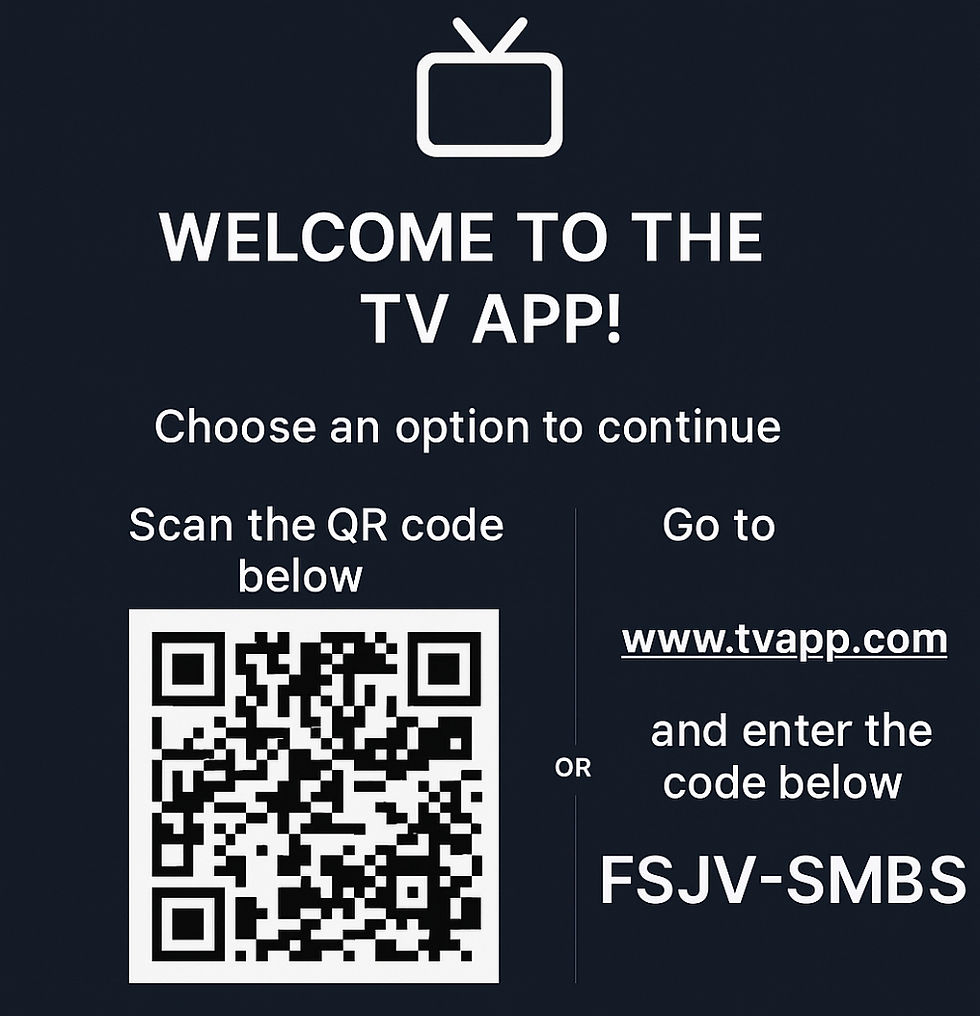Enhancing the Viewing Experience: A Deep Dive into TV Accessibility Features
- Alicia Jarvis
- May 15, 2024
- 3 min read
Updated: Aug 19, 2025

In today’s world, film and television are more than just a source of entertainment; it’s a vital conduit for information, culture, and community. As a former background performer who happens to have short arms, authentic disability representation in film, and television is also really important to me. However, for many individuals with disabilities, traditional TV viewing can present significant challenges. Thankfully, modern technology has stepped up, introducing a range of accessibility features designed to make television more inclusive and enjoyable for everyone. Let’s explore some of these key features and understand their impact on enhancing the viewing experience for all.
Closed captioning and subtitles
Closed captioning and subtitles are perhaps the most widely recognized accessibility features. They provide textual representations of spoken dialogue and important sounds, allowing viewers who are deaf or hard of hearing to follow along with the program. While subtitles are generally used for translating dialogue in foreign languages, closed captions also include descriptions of background sounds and music, offering a richer viewing experience for those who are deaf or hard of hearing.
Described video and audio descriptions
Described Video or audio descriptions are essential for viewers who are blind or have low vision. This feature involves a narrator describing visual elements of the program, such as actions, facial expressions, scene changes, and other important visual details, during natural pauses in dialogue. These descriptions provide context and detail that would otherwise be missed, making it possible for visually impaired individuals to fully engage with the content.
Voice control
Voice control technology has revolutionized the way users interact with their TVs. For arm amputees and those with limb differences like me or those who find traditional remote controls challenging to use, voice commands offer an intuitive and hands-free way to navigate through channels, adjust volume, search for content, and even control smart home devices integrated with their TV. Popular platforms like Amazon’s Alexa, Google Assistant, and Apple’s Siri have made voice control a common feature in many smart TVs and streaming devices.
Screen readers
Screen readers are crucial for users who are blind or have low vision. This software reads aloud on-screen text and navigational menus, allowing users to operate their TV independently. Some advanced screen readers can also describe on-screen visuals, making it easier to navigate through streaming services, on-demand content, and even social media apps available on smart TVs and streaming devices.
High contrast mode
High contrast mode is an accessibility feature designed to assist those who are colour blind or users who have low vision. By increasing the contrast between text and background, this feature makes on-screen information easier to read. It often involves altering the colour scheme to improve visibility.
Customizable font sizes and styles
Being able to adjust font sizes and styles can make a significant difference for viewers who have low vision. Many modern TVs allow users to customize the appearance of on-screen text, including menu options, subtitles, and closed captions. This customization ensures that text is readable and accessible to all users, regardless of their visual capabilities.
Motion control
Motion control features enable users to interact with their TV using hand gestures. This can be particularly beneficial for individuals with limited dexterity or those who have difficulty using traditional remote controls. Motion sensors detect movements, allowing users to navigate menus, select options, and control playback with simple gestures.
Compatibility with hearing aids
Many modern TVs and streaming devices now offer compatibility with hearing aids, either through direct Bluetooth connections or via specialized accessories. This feature allows users to stream audio directly to their hearing aids, providing a clearer and more personalized listening experience.
The future of TV accessibility
As technology and standards continue to advance, the future of TV accessibility looks promising. Emerging technologies like artificial intelligence and machine learning are likely to bring even more sophisticated and intuitive accessibility features. For instance, AI could enhance audio descriptions with more nuanced and context-aware commentary, while machine learning could personalize accessibility settings based on individual user preferences and habits.
Conclusion
Accessibility features are not just nice-to-have options; they are essential tools that ensure everyone, regardless of their abilities or disabilities, can enjoy television. By incorporating features like closed captioning, described video, voice control, and screen readers, smart TV and streaming device manufacturers, along with service and content providers are making strides towards inclusivity. As viewers, it’s important to support and advocate for continued advancements in this field, ensuring that the magic of film and television is accessible to all.



Comments